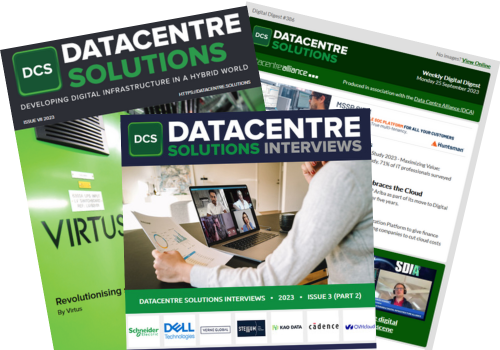The world has been shifting from on-premises solutions to cloud ones for quite some time now. But the trend hasn’t only been in communication. When the term Software as a Service (SaaS) was coined back in 2005, its rapid evolution began. And in the last 17 years, humanity has leapt from only a handful of available SaaS applications to almost every application having a cloud-based counterpart.
We see on-premises deployments as something sturdy and stable because they are tangible and usually visible. Since humans are visually driven, it’s hard to put our trust into something invisible, which is ‘floating’ in the air. The easiest way to get rid of this disbelief is to remember that behind every SaaS application, there is a set of hardware hosting it and making it available to us via the internet. A good example would be cloud-based private branch exchanges (PBX’s).
Even though we enjoy watching our beloved basement-dwellers light up like a Christmas tree, this phenomenon doesn’t add to their functionality. There is something soothing and reassuring in seeing hardware in action, despite the fact that it still gets the work done wherever it’s located. As an end-user, you simply need a working desk or softphone, so what’s behind it is irrelevant. Cloud computing enables your business to use software somebody else is running on high-performing setups, from anywhere in the world, for less than a fraction of what you would pay to do it yourself.
Many companies still use on-premises solutions; however, migrating to the cloud could not only improve operations but also significantly reduce the carbon footprint of a business. According to a 2018 study by Microsoft, its cloud is almost 98% more efficient than its on-premises solutions. There are three main reasons why the cloud is more sustainable: capacity utilisation, newer equipment, and ease of access. Let’s explore each of the reasons individually.
Capacity: Typically, with an on-premises solution, a company doesn’t use its full capacity, subsequently wasting energy. But with a SaaS application, the hardware and run cost is covered by the vendor providing it, which means there’s no need for you to invest in robust, high-performing, and expensive hardware to support a cloud architecture. This saves your business money, while also reducing the chance of wasting energy, as the cloud’s capacity is often shared with other businesses. Most of the time, the only investment an end-user has to make is time, as an internet connection and a device that can run the SaaS application are usually provided by an employer. Payment models are
also flexible and user-based, meaning that you only pay for the number of subscriptions you use, whereas with on-premises you could be paying for capacity you do not need, wasting both money and energy.
Newer equipment: SaaS applications have typically been built more recently than on-premises solutions, so when you make the move to the cloud, you are also switching to newer equipment. Energy-saving equipment is expensive for smaller businesses but migrating to the cloud means you can access the latest equipment through larger corporations that can afford to invest in environmentally conscious data centres. Furthermore, cloud data centres are built to work as efficiently as possible, meaning they often have fewer servers, operating at a higher utilisation rate than on-premises solutions. In turn, this reduces the negative impact on the environment as less equipment is in use.
Ease of access: Different from on-premises solutions, cloud-based tools are available from wherever you currently are in the world. While you can connect some on-premises solutions, such as telephony systems, with cloud applications and make them available regardless of location, this still requires workarounds. On their own, they are always bound to the location they’ve been set up in. For example, if you have a phone system deployed in your San Francisco office, then only your San Francisco staff may use that phone system and its extensions. You’d need to set up another dedicated phone system for your Stockholm office. Both of those offices would need a dedicated maintenance team as it wouldn’t make sense to have one team travel between locations when there’s an issue. With either connecting your PBX to the cloud or moving to a cloud-based PBX entirely, you make your phone system available to all your employees, regardless of their location. Enabling employees to work from anywhere empowers flexibility while also reducing the need to travel via transport – especially for a commute that might not be necessary. Having the option to commute less, allows workers to vastly reduce their individual carbon footprint, positively benefitting the environment.
To sum up, cloud-based solutions are almost always more sustainable and cost-effective than on-premises options. As Google highlighted in recent research, despite cloud computing increasing by approximately 550% between 2010 and 2018, actual energy consumption only grew by 6%. Carbon footprints are on almost every company’s corporate agenda and switching to a cloud solution is a great first step towards reducing your environmental impact. As well as enjoying reduced energy consumption, with a SaaS application you can enjoy many other benefits, such as, flexible subscriptions, no dedicated maintenance staff, and no complex infrastructure.







